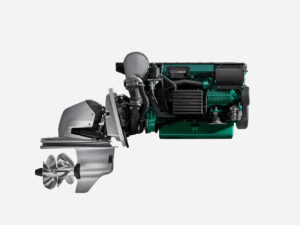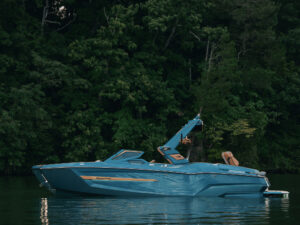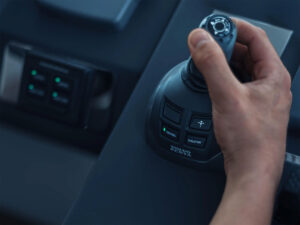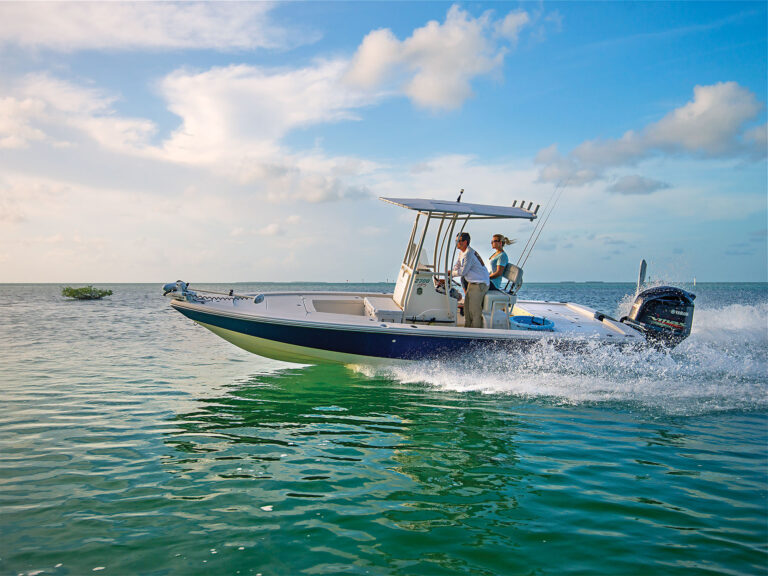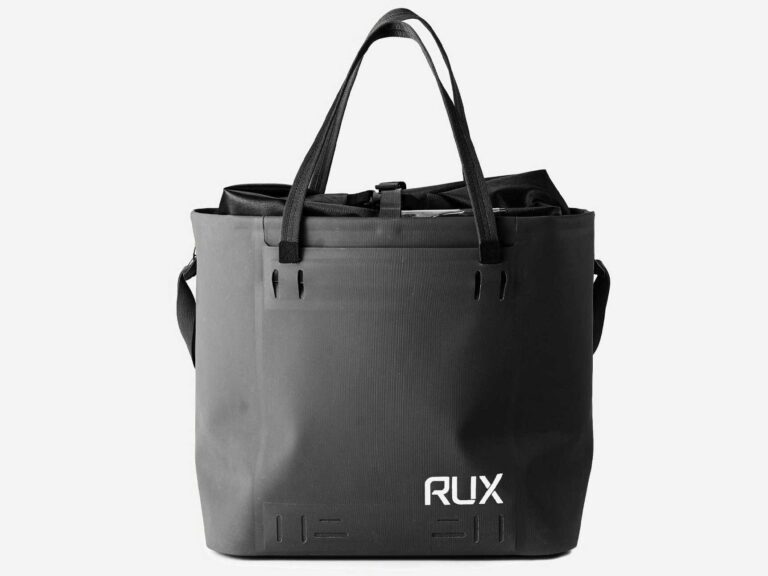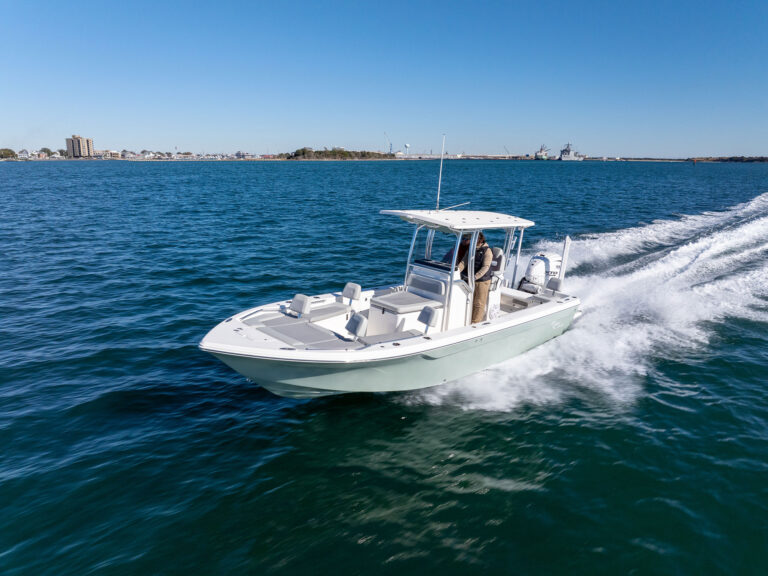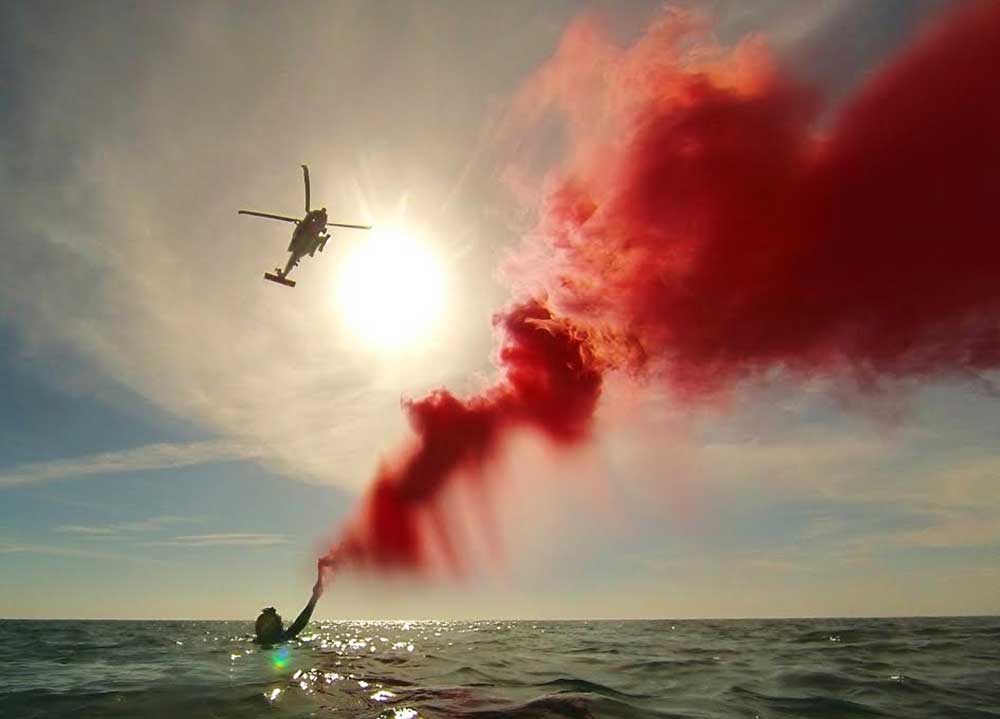
It’s probably the last thing you’re thinking about when you leave the dock for your next boating adventure. And even if something might go wrong on the water, you could be thinking that help is just a phone call or VHF hail away—unless it isn’t. What if your phone has no reception and your VHF isn’t working? No EPIRB either? You need another way to let other boaters in the area know you need help or to show potential rescuers where to find you. Here are a few techniques to signal for help when you really need it.
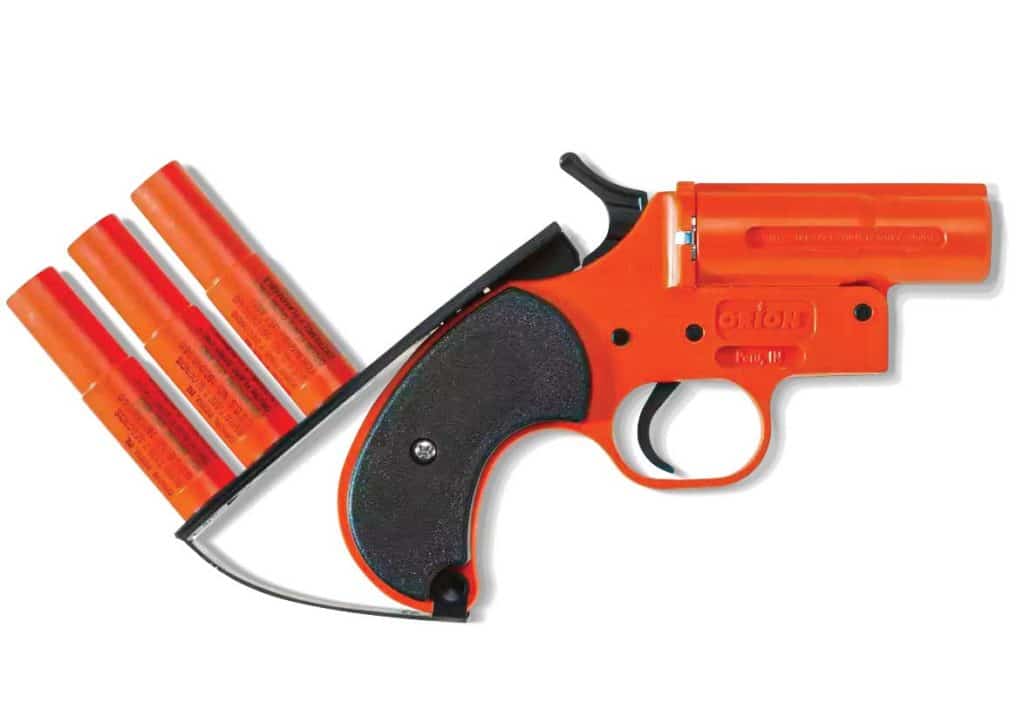
Flares
If you’re US Coast Guard-compliant, you already have a set of flares inside your Coast Guard kit. But do you know what kind they are, as well as how to use them? There are two types of required flares—daytime and nighttime—that are divided between floating, handheld and aerial.
Floating: These flares deploy in the water and emit orange smoke. They’re for daytime use only, last for a few minutes, and are visible for up to 5 miles. You would use these when other boats or rescuers are in the vicinity to alert for help or to help them locate you.
Handheld: These flares are also either orange smoke-emitting signals or bright daytime flares that alert nearby vessels that you need help and provide a visual location marker.There are also handheld pyrotechnic flares for use in day and night that shoot into the air like fireworks. These travel higher into the air and are visible from a farther distance, but typically burn for only a few seconds. These flares are used more for alerting authorities or nearby vessels for help rather than for finding your location.
Read Next: Choosing the Right Boat Flares
Aerial: You may also know of the gun flares that you shoot out of a handheld orange pistol. These shoot pyrotechnic flares higher into the air and are visible from around 21 miles for up to six seconds. And there are SOLAS parachute flares that are visible from around 47 miles and last for up to 40 seconds. All pyrotechnic flares should be treated with the same care and handling you would a firearm. They also discharge hot slag that can burn you if you’re not using them per the instructions. By Coast Guard mandate, all flares have a maximum shelf life of 42 months, after which they must be replaced and properly disposed of at a Coast Guard-approved facility.

Lighted Beacons
The Coast Guard has approved certain lighted beacons as visual distress signals. These include the Sirius Signal Electronic Flare Distress Light from Weems and Plath ($99, weems-plath.com). It is approved as a day-night flare in coastal waters. It is battery-powered and flashes an SOS signal via an LED light that’s visible up to 10 miles for up to 60 hours.
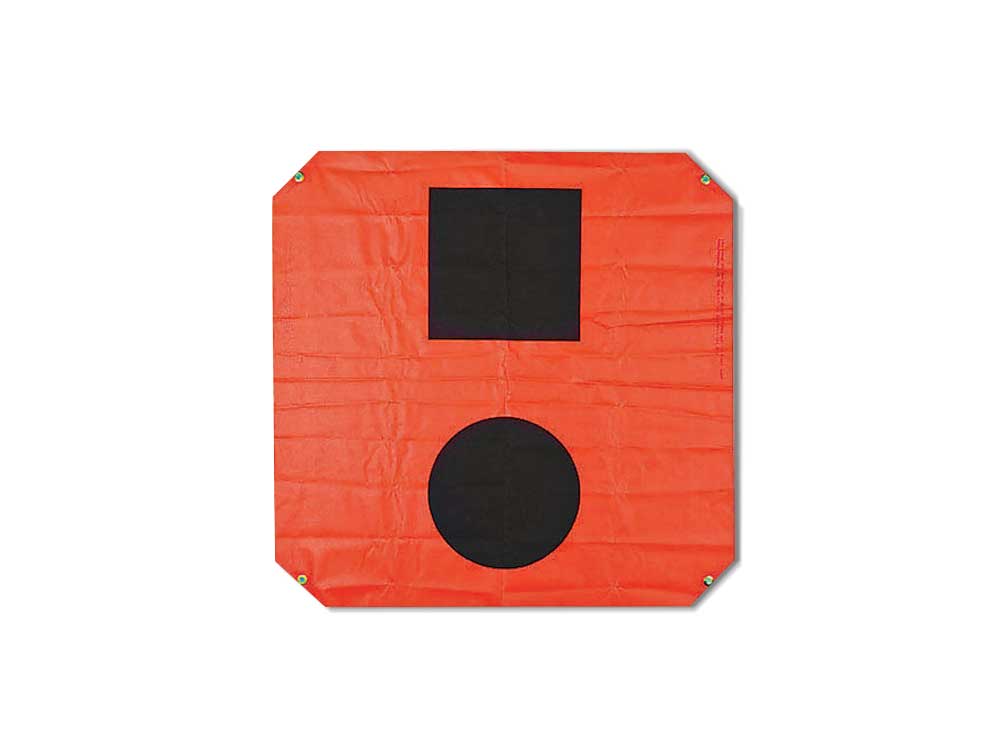
Flags
During the daytime, you can also use an orange distress flag to signal for help. The orange flag measures 3-by-3 feet and includes a black square above a black circle. You can find these at West Marine or online sellers such as Amazon.
Non-Approved Ways to Signal
There are ways to signal that are not approved by the Coast Guard but can still help when all else fails. Does anyone on board have on a brightly colored shirt? Attach it to a boat hook, paddle or oar, and wave it into the air from the tallest accessible point on deck. Buy and learn to use a signal mirror (or any reflective device). Waving both arms from overhead to your hips is a generally recognized help signal. At night, try rapidly turning on and off a flashlight or spotlight to catch the attention of anyone nearby. At the same time, try honking your boat horn. If they don’t see you, maybe they will hear you.


